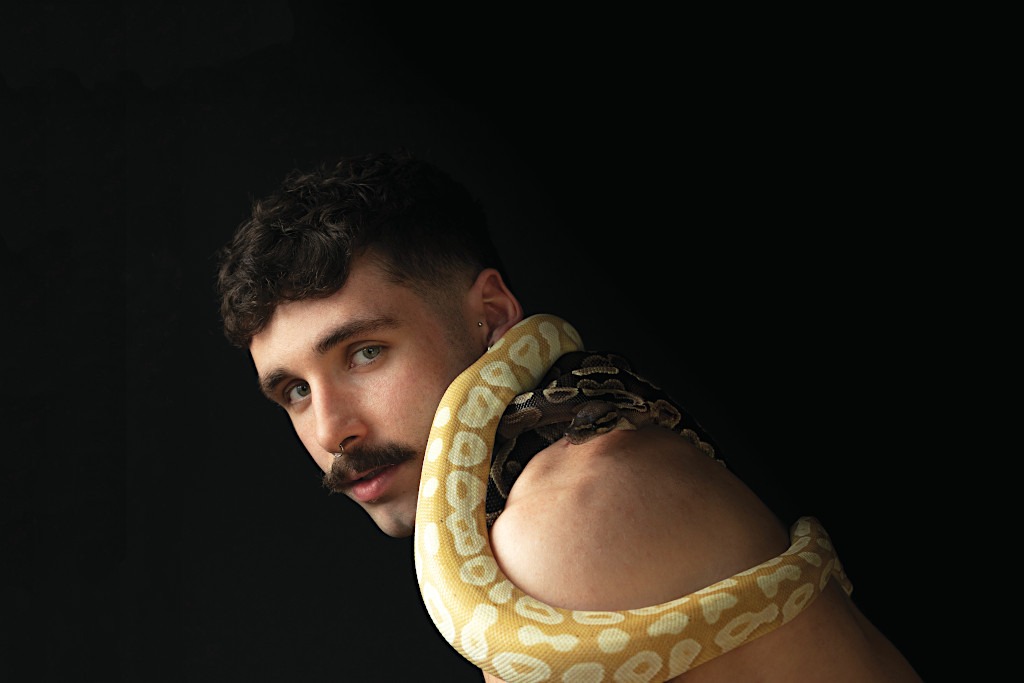London has long been known as one of the most gay-friendly cities in the world, with a rich tradition of LGBTQ culture and activism. It’s much more than a tourist destination; for queer people from around the globe it carries the promise of a safe refuge, a place where we can truly embrace who we are. Because so much of London’s gay scene is made up of immigrants, these freedoms are never taken for granted. The scene is ever-changing, constantly reinvigorated by new ideas, fresh perspectives, and edgy forms of non-conformist expression. Geographically too, queer London is forever shifting, escaping precise definition.
For decades, Soho has been seen as the heart of gay London, and for most visitors, this is their first port of call. The less than half a mile long stretch along Old Compton Street and Brewer Street is where some of the capital’s oldest and most iconic gay venues are situated, including pubs like Admiral Duncan and Comptons the GA-Y bar and the Soho Books bookstore. These landmarks are part of London’s queer legacy, and should be cherished and protected as such. With property prices continuously on the rise, the old Soho is in danger of disappearing, being replaced instead by coffee shop chains, boutiques, and luxury housing developments. Whether you are visiting London for the first time or have been coming here for years, chances are you will direct your steps towards Soho the moment you drop your bags off at the hotel, and that’s how it should be. There’s nothing like a drink in the upstairs bar at the Village, overlooking Old Compton Street, with its rainbow flags and buzzing flamboyance, or a mouth-watering lunch at Balans Soho Society, where you can rub shoulders with West End stars and Soho’s trendy queers.
BETWEEN TWO SCENES
There is, however, a whole other world of queerness in London, a world seemingly a million miles from Soho. It is in the bars and clubs of East and South London where the most vibrant gay scene exists, largely under the radar of mainstream society and off the beaten tourist track. For anyone wanting to get a true taste of the British capital’s alternative LGBTQ community, it is necessary to venture out of central London and set out on a journey of discovery.

Photo: Courtesy of Gay’s The Word
Because London’s communities are diverse and ever-changing, new gay venues continue to spring out across the city, reflecting the various tribes which have contributed to their creation. In the last decade or so, two very distinctive factions emerged: the East London scene, centered around the borough of Hackney, and the South London set, concentrated mainly in and around Vauxhall. If you’re a visitor to London, and you head to Hackney after watching the changing of the guards at Buckingham Palace, you are likely to feel like you’ve arrived in an entirely different city, but this sensation isn’t reserved only for tourists. A friend of mine, who happens to be a firmly established South Londoner, recently told me that to him Hackney Wick felt like “another planet.” His statement made me laugh, but it also made me think about just how well-pronounced the difference between the South and the East London scenes is. I know for a fact that my friend frequents the many queer venues of Hackney, just as the East London art queens happily venture south, but the fact remains that the difference between the two areas is much more than just geography.


